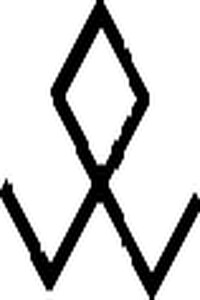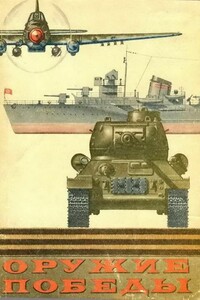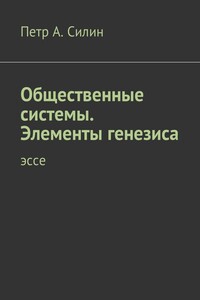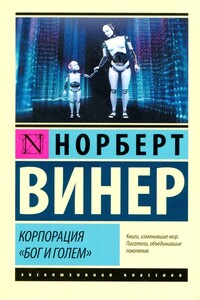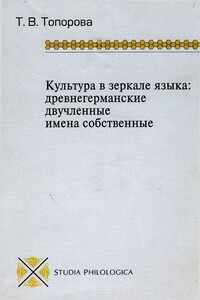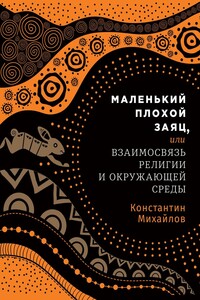90. Bohnhoff, M. The effect of an antibiotic on the susceptibility of the mouse’s intestinal tract to Salmonellai nfection / M. Bohnhoff, B. L. Drake, C. P. Miller // Antibiot. Annu. – 1955. – № 3. – P. 453–5.
91. Falkow, S. What is a pathogen? / S. Falkow // ASM News. – 1997. – № 63. – P. 359–65.
92. Stecher, B. The role of microbiota in infectious disease / B. Stecher, W. D. Hardt // Trends Microbiol. – 2008. – № 16. – P. 107–14.
93. Coombes, B. K. Evasive maneuvers by secreted bacterial proteins to avoid innate immune responses / B. K. Coombes, Y. Valdez, B. B. Finlay. – Curr. Biol. – 2004. – № 14. – P. R856–67.
94. Lupp, C. Host-mediated inflammation disrupts the intestinal microbiota and promotes the overgrowth of Enterobacteriaceae / C. Lupp, M. L. Robertson, M. E. Wickham et al. // Cell Host Microbe. – 2007. – № 2. – P. 119–29.
95. Stecher, B. Salmonella enterica serovar typhimurium exploits inflammation to compete with the intestinal microbiota / B. Stecher, R. Robbiani, A. W. Walker et al. // PLoS Biol. – 2007. – № 5. – P. 2177–89.
96. Endt, K. The microbiota mediates pathogen clearance from the gut lumen after non-typhoidal Salmonelladiarrhea / K. Endt, B. Stecher, S. Chaffron et al. // PLoS Pathog. – 2010. – № 6. – P. e1001097.
97. Lawley, T. D. Antibiotic treatment ofClostridium difficilecarrier mice triggers a supershedder state, spore-mediated transmission, and severe disease in immunocompromised hosts / T. D. Lawley, S. Clare, A. W. Walker et al. // Infect Immun. – 2009. – № 77. – P. 3661–9.
98. Palmer, C. Development of the human infant intestinal microbiota / C. Palmer, E. M. Bik, D. V. DiGiulio // PLoS Biol. – 2007. – № 5. – P. 177.
99. Koenig, J. E. Succession of microbial consortia in the developing infant gut microbiome / J. E. Koenig, A. Spor, N. Scalfone et al. // Proc Natl. Acad. Sci USA. – 2011. – № 108 (Suppl. 1). – P. 4578–85.
100. Park, H. K. Molecular analysis of colonized bacteria in a human newborn infant gut / H. K. Park, S. S. Shim, S. Y. Kim // Microbiol. – 2005. – № 43. – P. 345–53.
101. Dominguez-Bello, M. G. Delivery mode shapes the acquisition and structure of the initial microbiota across multiple body habitats in newborns / M. G. Dominguez-Bello, E. K. Costello, M. Contreras et a. // Proc. Nat. Acad. Sci USA. – 2010. – № 107. – Р. 119–127.
102. Jangi, S. Asymptomatic colonization by Clostridium ifficilein infants: implications for disease in later life // S. Jangi, J. T. Lamont // J. Pediatr. Gastroenterol. – Nutr. – 2010. – № 51ю – P. 2–7.
103. Harmsen, H. J. Analysis of intestinal flora development in breast-fed and formula-fedinfants by using molecular identification and detection methods / H. J. Harmsen, A. C. Wildeboer-Veloo, G. C. Raangs et al. J. Pediat.r Gastroenterol. // Nutr. – 2000. – № 30. – P. 61–73.
104. Zivkovic, A. M. Human milk glycobiome and its impact on the infant gastrointestinal microbiota / A. M. Zivkovic, J. B. German, C. B. Lebrilla et al. // Proc. Natl. Acad. Sci USA – 2011. – № 108 (Suppl. 1). – P. 46–53.
105. Hascoet, J. M. Effect of formula composition on the development of infant gut microbiota / J. M. Hascoet, C. Hubert, F. Rochat et al. // J. Pediatr. Gastroenterol. // Nutr. – 2011. – № 52. – P. 756–762.
106. Walker, A. W. Dominant and diet-responsive groups of bacteria within the human colonic microbiota / A. W. Walker, J. Ince, S. H. Duncan et al. // ISME. – J. – 2011. – № 5. – P. 220–230.
107. Wu, G. D. Linking long-term dietary patterns with gut microbial enterotypes / G. D. Wu, J. Chen, C. Hoffmann et al. // Science. – 2011. № 334. – P. 105–108.
108. Dethlefsen, L. Incomplete recovery and individualized responses of the human distal gut microbiota to repeated antibiotic perturbation / L. Dethlefsen, D. A. Relman // Proc. Natl. Acad. Sci USA. – 2011. – № 108 (Suppl. 1). – P. 4554–4561.
109. Jernberg, C. Long-term ecological impacts of antibiotic administration on the human intestinal microbiota / C. Jernberg, S. Lofmark, C. Edlund et al. // ISME J. – 2007. – № 1. – P. 56–66.

